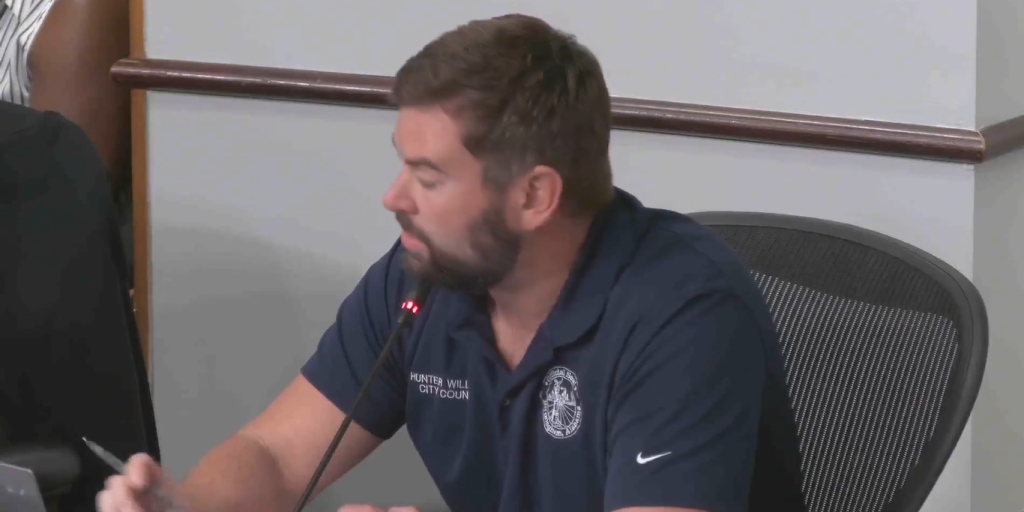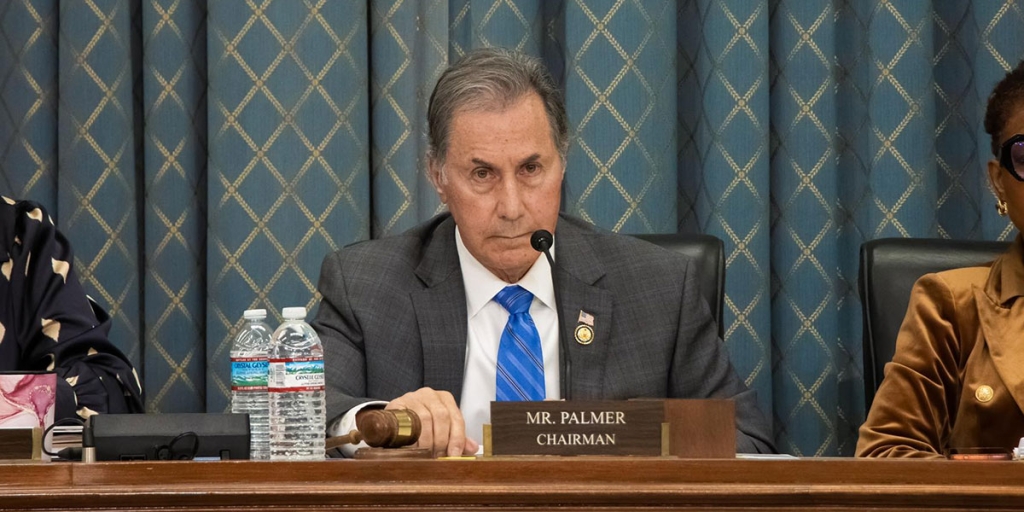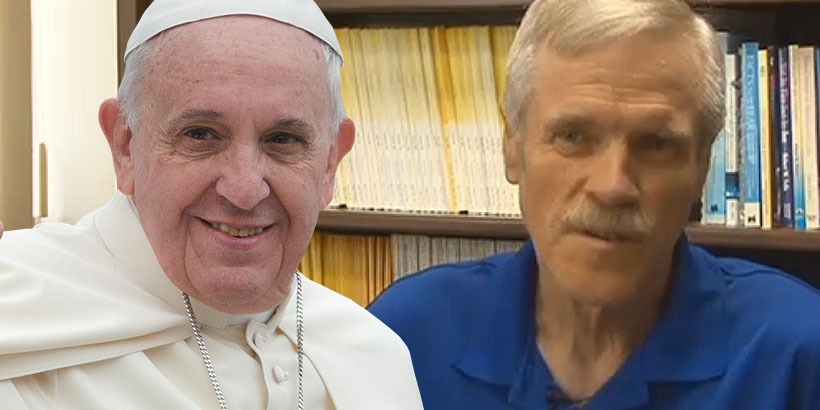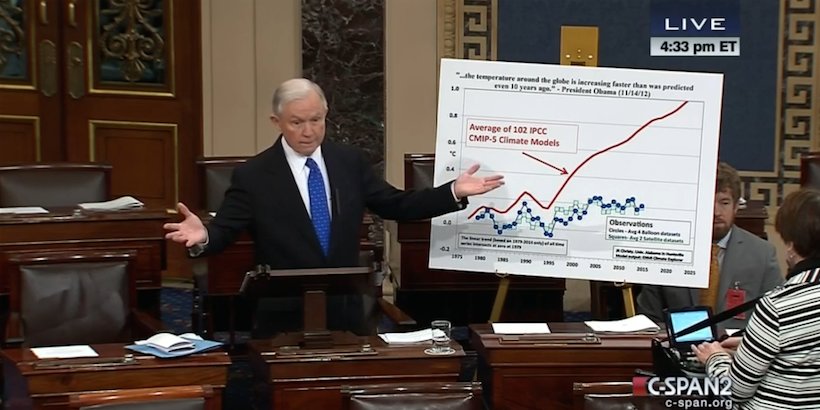
Richard McNider and John Christy are professors of atmospheric science at the University of Alabama in Huntsville and fellows of the American Meteorological Society. While the mainstream media and leftwing political ideologues have declared the debate on climate change “over,” McNider and Christy have routinely and forcefully challenged their position.
This past Sunday, U.S. Secretary of State John Kerry declared that anyone doubting the “catastrophic” impact of climate change are members of the “Flat Earth Society.”
“We should not allow a tiny minority of shoddy scientists” and “extreme ideologues to compete with scientific facts,” Kerry said.
Back in Alabama, McNider and Christy incredulously watched Kerry’s comments and were compelled to respond. They did exactly that in a Wall St. Journal editorial published Wednesday.
“[W]ho are the Flat Earthers, and who is ignoring the scientific facts? In ancient times, the notion of a flat Earth was the scientific consensus, and it was only a minority who dared question this belief,” McCinder and Christy explained. “We are among today’s scientists who are skeptical about the so-called consensus on climate change. Does that make us modern-day Flat Earthers, as Mr. Kerry suggests, or are we among those who defy the prevailing wisdom to declare that the world is round?”
The two Univ. of Alabama-Huntsville professors said they agree with other climate change scientists on two fundamental facts — “carbon-dioxide levels in the atmosphere have increased due to the burning of fossil fuels, and carbon dioxide in the atmosphere is a greenhouse gas, trapping heat before it can escape into space.”
However, they disagree vehemently with the global warming numbers commonly touted by alarmists who believe in “catastrophic global warming.”
We might forgive these modelers if their forecasts had not been so consistently and spectacularly wrong. From the beginning of climate modeling in the 1980s, these forecasts have, on average, always overstated the degree to which the Earth is warming compared with what we see in the real climate.
For instance, in 1994 we published an article in the journal Nature showing that the actual global temperature trend was “one-quarter of the magnitude of climate model results.” As the graph (below) shows, the disparity between the predicted temperature increases and real-world evidence has only grown in the past 20 years.
McNider and Christy pointed out that climate change scientists and members of the media tend to focus heavily on indirect evidence of warming like “glaciers melting, coral being bleached, more droughts and stronger storms.”
“Yet observations show that the warming of the deep atmosphere (the fundamental sign of carbon-dioxide-caused climate change, which is supposedly behind these natural phenomena) is not occurring at an alarming rate,” they wrote. “Instruments aboard NASA and National Oceanic and Atmospheric Association satellites put the Mid-Tropospheric warming rate since late 1978 at about 0.7 degrees Celsius, or 1.3 degrees Fahrenheit, per 100 years.” Those numbers are wildly different than what most climate change scientists have predicted. “For the same period, the models on average give 2.1 degrees Celsius, or 3.8 degrees Fahrenheit, per 100 years (see graph),” they noted.
“It is disturbing that ‘consensus science’ will not acknowledge that such discrepancies are major problems,” McNider and Christy continued. “From the Intergovernmental Panel on Climate Change’s beginning, that largely self-selected panel of scientists has embraced the notion that consensus on climate change is the necessary path to taking action and reducing man-made carbon emissions around the world. The consensus community uses this to push the view that ‘the science is settled’ and hold up skeptics to ridicule, as John Kerry did on Sunday.”
McNider and Christy then closed with a disturbing historical anecdote to illustrate how climate scientists are ignoring facts that don’t fit their narrative.
We are reminded of the dangers of consensus science in the past. For example, in the 18th century, more British sailors died of scurvy than died in battle. In this disease, brought on by a lack of vitamin C, the body loses its ability to manufacture collagen, and gums and other tissues bleed and disintegrate. These deaths were especially tragic because many sea captains and some ships’ doctors knew, based on observations early in the century, that fresh vegetables and citrus cured scurvy.
Nonetheless, the British Admiralty’s onshore Sick and Health Board of scientists and physicians (somewhat akin to the current Intergovernmental Panel on Climate Change) dismissed this evidence for more than 50 years because it did not fit their consensus theory that putrefaction (or internal decay) caused scurvy, which they felt could be cured by fresh air, exercise and laxatives.
“We should not have a climate-science research program that searches only for ways to confirm prevailing theories,” they wrote in conclusion. “And we should not honor government leaders, such as Secretary Kerry, who attack others for their inconvenient, fact-based views.”
Follow Cliff on Twitter @Cliff_Sims










